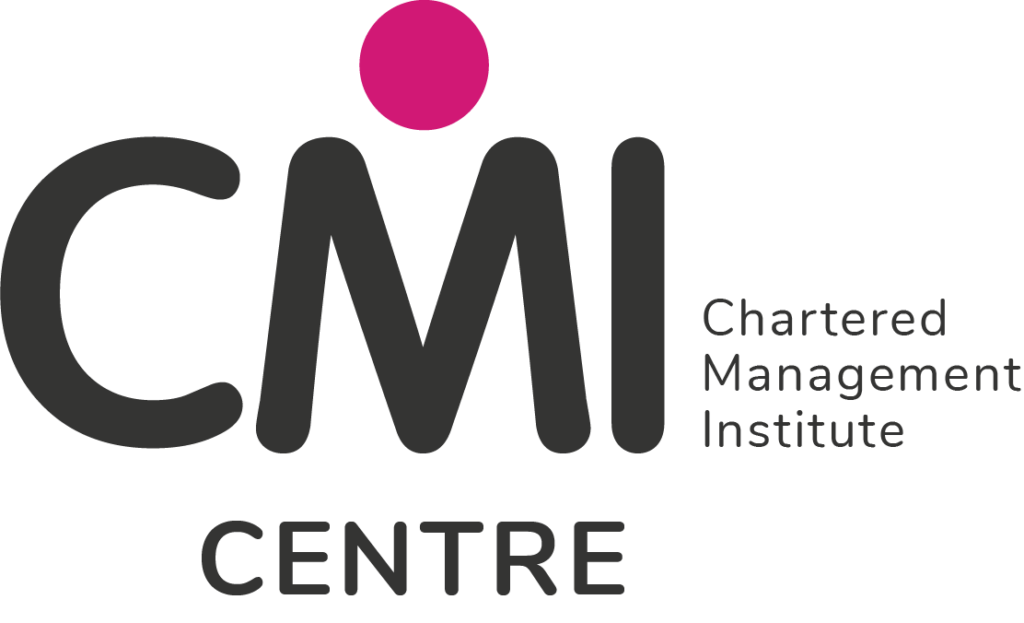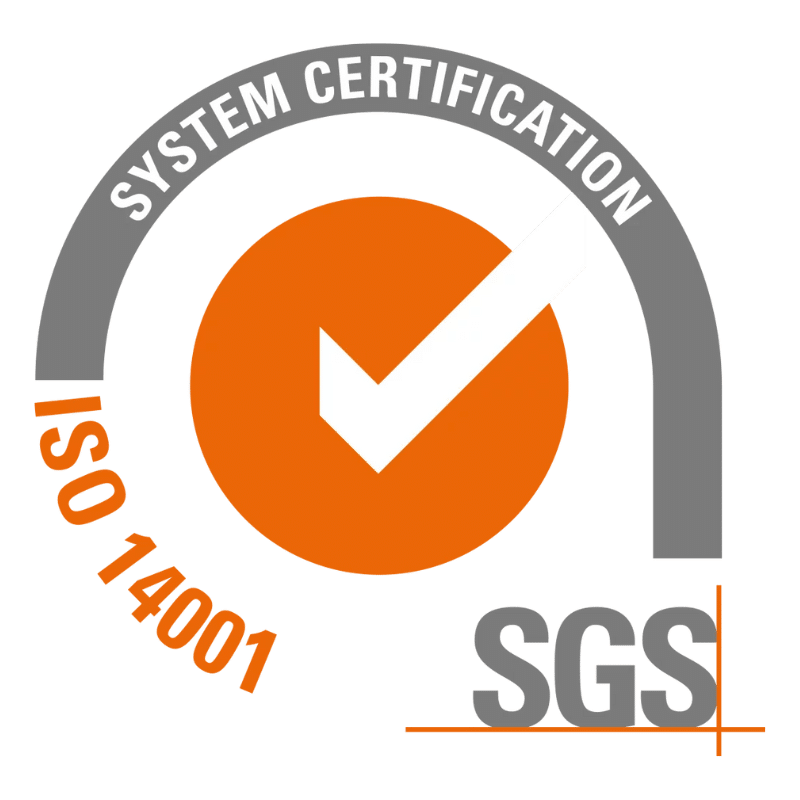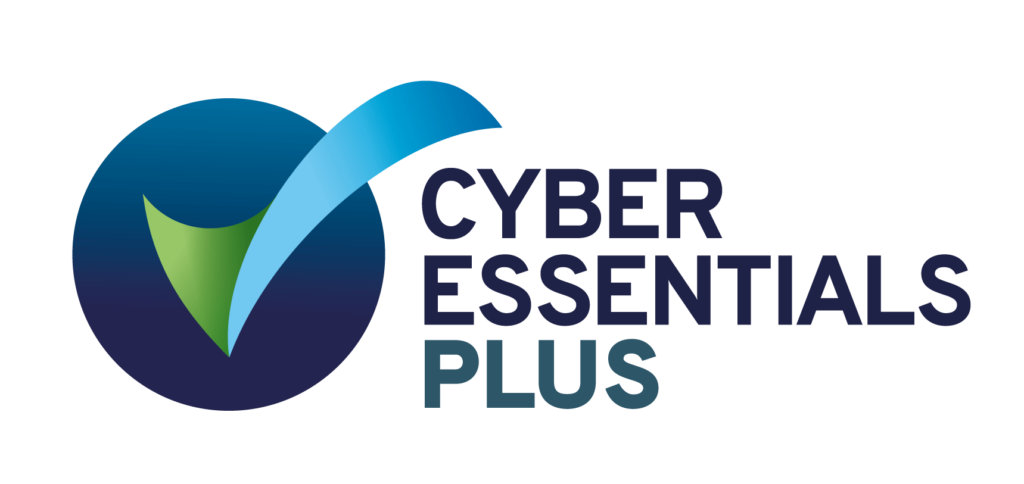Whether they are spending some or all of their time in it, the remote working environment remains a challenging and unfamiliar one for many.
As a change driven by employee preference, it’s not surprising that the growth of permanent flexible working policies is being received well. Workers are enjoying benefits like lower commuting costs, increased autonomy and greater flexibility to fit their personal lives around their jobs and the numbers are significant: recent (May 2022) research published by the Office for National Statistics found that over three-quarters (78%) of UK hybrid workers (i.e. those spending some of their time working remotely) had a better work-life balance; nearly half (47%) reported improved wellbeing; and a majority said they were quicker to complete work (52%) and had fewer distractions (53%).
The practices and parlance of full-time office-based working have been embedded and reinforced over decades and, even with the emergence of the technology to enable it at the start of the 21st century, the move to widespread remote working was slow and often sector-specific. Now, however, changes are happening globally, rapidly and across virtually every sector. As you might expect with the rapid reframing of such a well-established status quo, a wide variety of challenges are presenting themselves for workers and managers around the world as they seek to make themselves effective – and, importantly, happy – in this new world of work.
You can read about three common challenges below, as well as some practical guidance for tackling them. They may help to guide the skills and learning support you are sourcing for your workforce, your team or yourself.
Communication

With more communication happening via email and chat apps like Teams or Slack, small misunderstandings, that could previously have been cleared up quickly, can snowball. Within a hybrid arrangement, some members of the team may feel slightly ‘out of sight, out of mind’ or that they are missing important discussions, with big decisions being made without them.
The most elementary response to this is to communicate as much as possible, filling the gaps in which people may be inclined to place presumption and guesses with accurate and honest information instead. It’s also helpful to set communication precedents, which means establishing the standard channels for particular messages, so everyone knows what to expect. If these can be crowdsourced, i.e. based on majority preferences, even better!
Hybrid meetings, with people joining simultaneously from the office and remotely, have great potential but can be difficult to run. The challenge for managers and those leading these meetings is making it a level playing field, so it’s just as easy to be heard and contribute however you are attending. It’s a good idea to stop, regularly, throughout the meeting to check everyone’s understanding and offer opportunities to contribute for all.
Isolation

Even in the absence of Covid-19 restrictions, where they have more freedom to choose their location and environment, remote workers are still spending much of their time working alone. This can have positive impacts on productivity and concentration but can also be an experience that impacts on wellbeing.
It’s easy to underestimate the importance of impromptu corridor or kitchen interactions in an office – the absence of them can bring about feelings of isolation or loneliness, even in those who genuinely prefer the quietness of their home office and might tell you they don’t like “small talk.”
It’s sensible to include social breaks in a remote working day, even if they are just catching up with a friend or going out to get some lunch. Or, create your own ‘corridor’ moments by calling colleagues for a chat (once you’ve scanned their calendar to check you won’t be an unwanted interruption!).
Team leaders must be mindful of who they have and haven’t been hearing from, and pay close attention to the behaviour and work quality of those spending a lot of time working alone. They can also signpost clear communication channels for individuals to use if they are finding the remote workplace an isolating experience.
Workload

Despite many managers fearing that remote workers will put their feet up, the opposite is more likely to be true – many workers do too much because they don’t know when to switch off. Blurring of the line between home and work can make it harder to delineate the two and shift between them as necessary.
As well as steps such as ending the way with calendar appointments like ‘go to the gym’ or ‘go for a walk’, it can be a good idea to create physical boundaries between your home and workspace by, where possible, keeping your ‘tools’ in a room you can close off or putting them out of sight if not.
For many, the physical ‘going’ part of going to and from the office everyday is valuable time, both to prepare themselves for the working day and roughly plan how it will be spent, and to decompress and evaluate what went well after it is finished. Remote workers could consider adding in substitutes for these periods, such as a quick walk or cycle near their home, or a short session of mindfulness/meditation.
If you are looking to support a workforce facing down any or all of the challenges above, we will have a learning solution to help – whether it is general support for remote/hybrid workers or development of specific skills like communicating effectively.
For example, our interactive Virtual or Face-to-Face workshops have been popular since the widespread remote working brought about by Covid-19 and our animated microlearning videos, pearls of wisdom®, have been useful resources for individuals to call on, wherever they are working, and now feature exciting new titles directly focused on remote & hybrid working.
To enquire about something specific or arrange an exploratory chat about your challenges and requirements, place an enquiry on our Talk to Us page or email us now.






